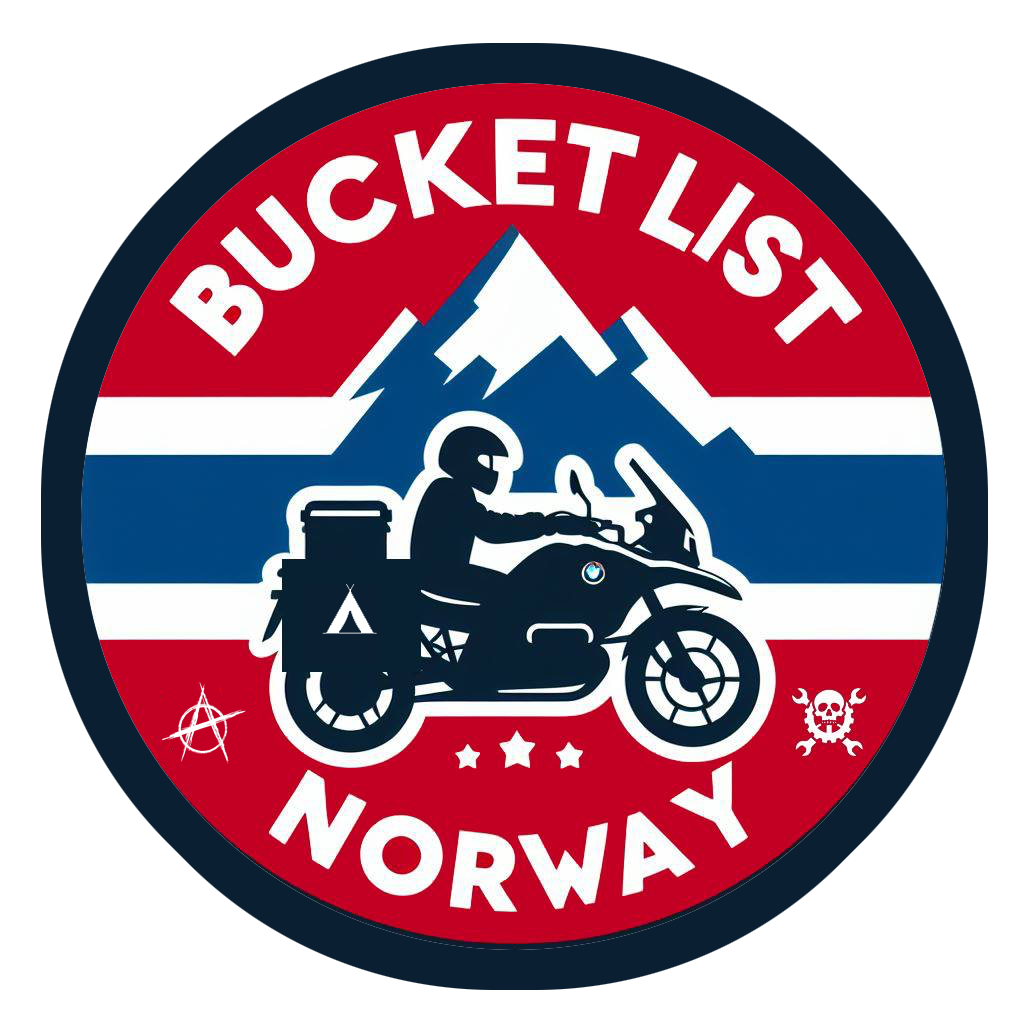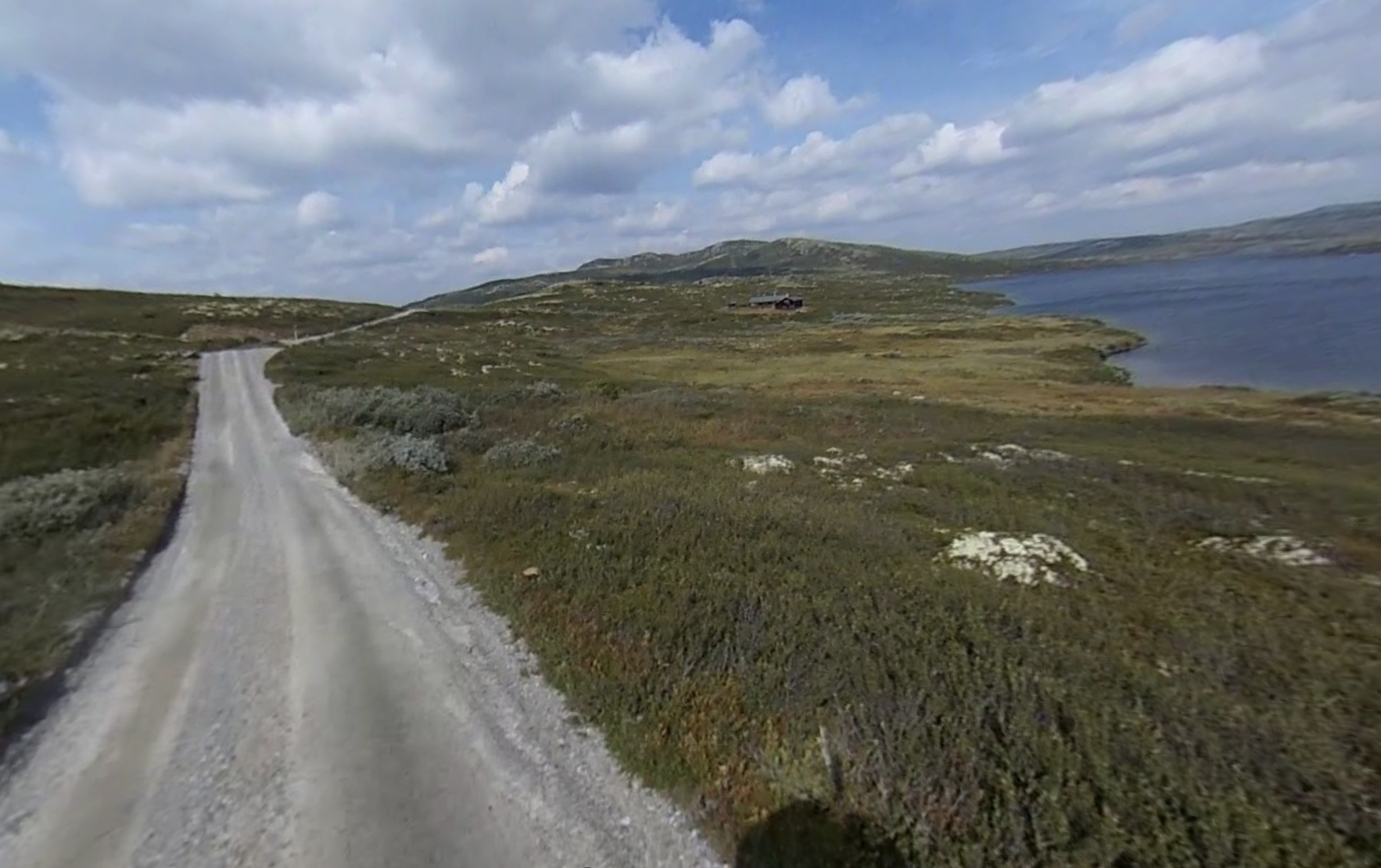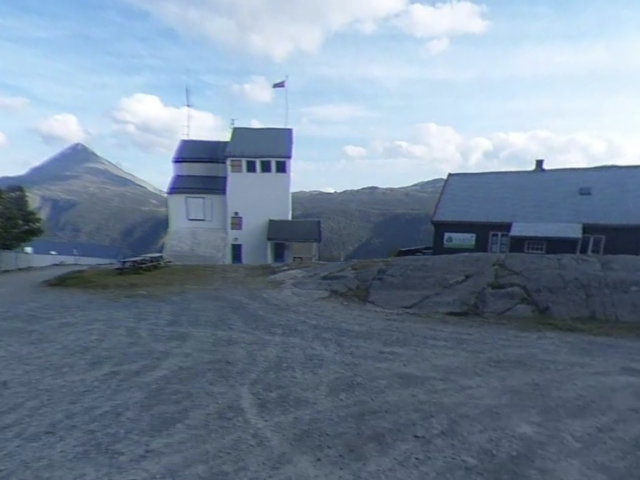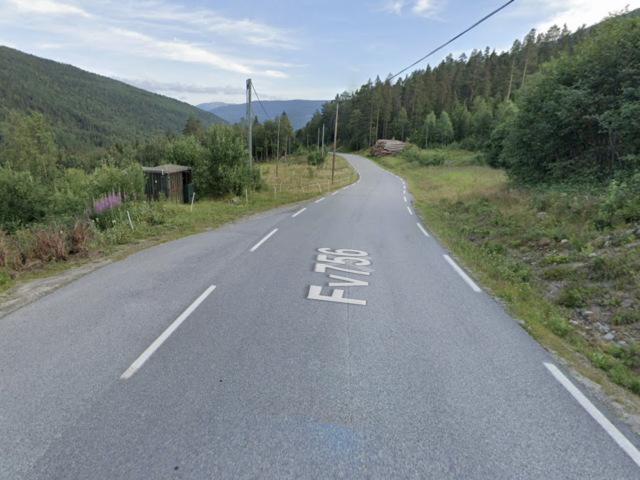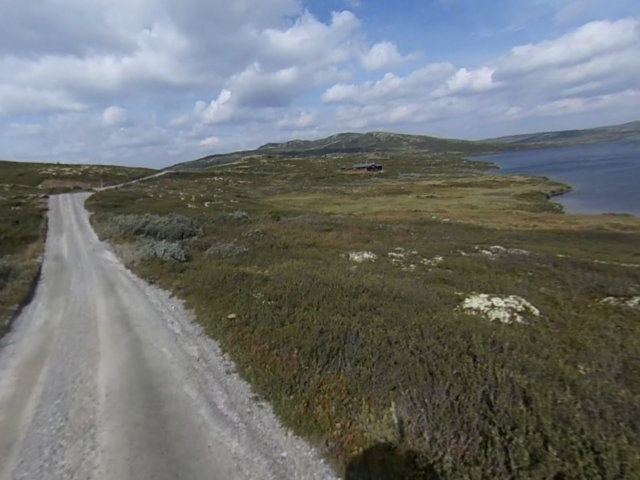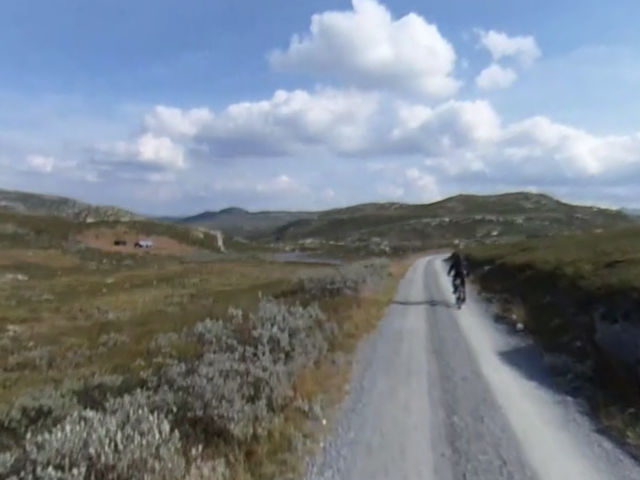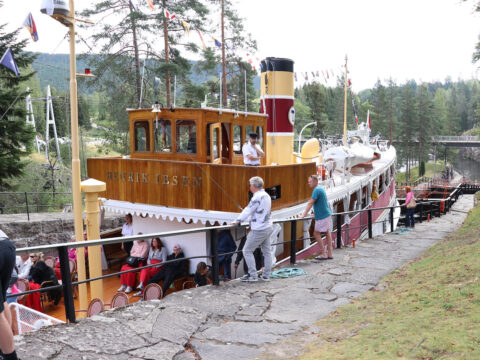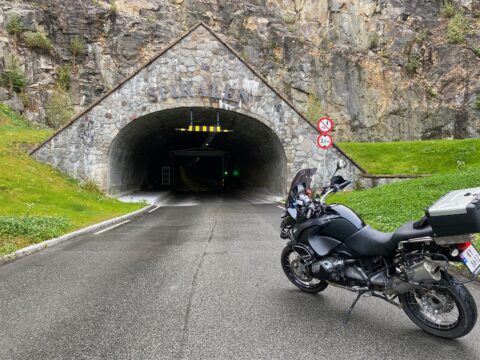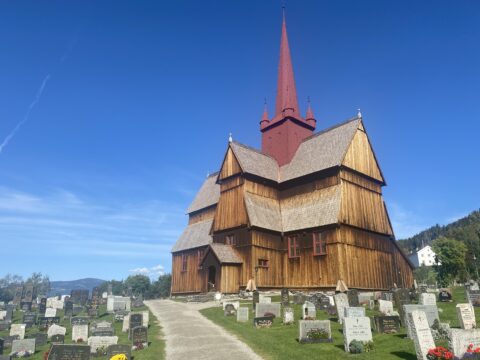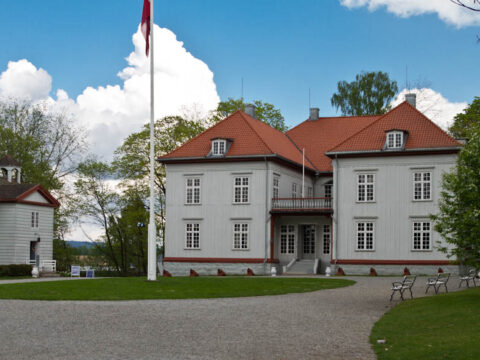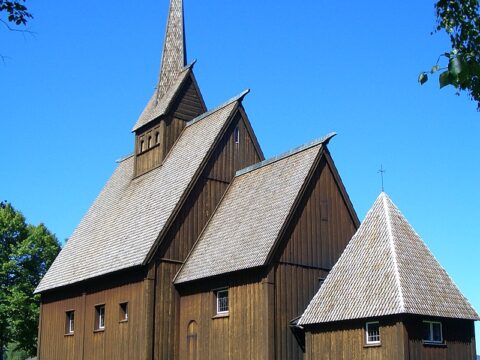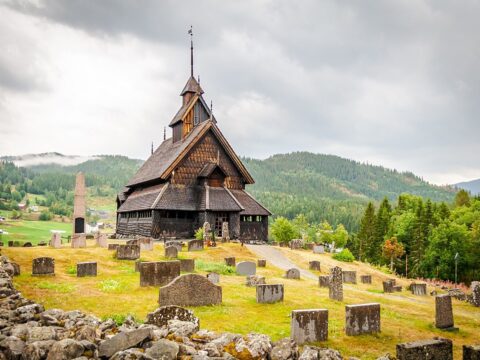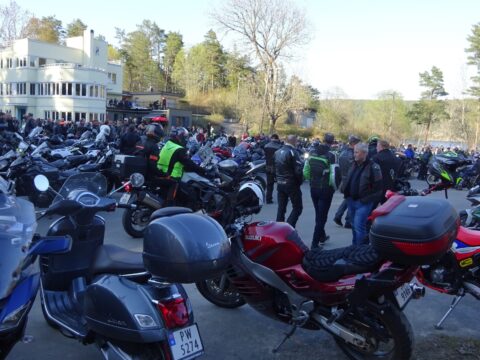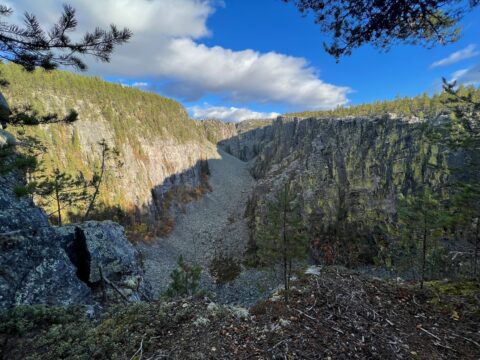Address
Gvepseborg Café
GPS
59.885851211313, 8.5466599130135
0 users have saved this item in their Bucket list.
You can also make your own list.
Deep in Telemark, the gravel road from Atrå by the lake Tinnsjø via Kalhovd to Gvepseborg offers a breathtaking journey through some of these parts most stunning landscapes. This route is perfect for adventurers seeking a blend of natural beauty, tranquility, and a touch of rugged terrain.
Tinnsjø – Kalhovd
The journey begins at Atrå by Tinnsjø, a picturesque lake surrounded by lush forests and towering mountains. The serene waters of Tinnsjø provide a perfect backdrop for the start of your adventure.
The gravel road winds its way through dense forests and open meadows, it might offer glimpses of wildlife – but for sure: stunning views! The route is well-maintained, making it accessible for most type of bikes. As you approach Kalhovd, you’ll notice the landscape becoming more rugged, with rocky outcrops and steep inclines.
Kalhovd itself is a charming mountain lodge, offering a cozy retreat for travelers. Here, you can take a break, enjoy a warm meal, and soak in the panoramic views of the surrounding mountains. The lodge is a popular spot for hikers and nature enthusiasts, providing easy access to numerous trails and outdoor activities.
Journey to Gvepseborg
Continuing from Kalhovd, the gravel road leads you to Gvepseborg, a viewpoint offering spectacular sight of the Rjukan valley and the Gaustatoppen mountain. The drive is exhilarating, with sharp turns and steep climbs that add to the adventure. Gvepseborg is known for its scenic beauty and is a favorite spot for photographers and sightseers.
This gorgeous gravel gem is a dead-end – 62 km each way, so when you are done at Gvepseborg, you have to backtrack to Tinnsjø. By the way; the first 15 km from Atrå is a narrow paved road:-)
At Gvepseborg, you can take a moment to appreciate the stunning views, capturing the essence of Norway’s rugged beauty. The area is also home to the Krossobanen cable car which unfortunately is closed indefinitely. The same goes for the associated Gvepseborg Café, so bring your own lunch:-/
Krossobanen was built in 1928 and is the oldest of its kind in the Nordics. The cable car was originally built to give the inhabitants in Rjukan the opportunity to get up on the mountains to see the sun during winter – since it doesn’t reach the valley of Rjukan during the winter months.
If you find yourself on this fantastic gravel road, you also have other great roads around you. Going west over Hardangervidda and plan to continue along E134? Why not do Myllagutvegen instead? If you are going south, I highly suggest the great road Tuddalsvegen via Gaustatoppen. Both Rjukan and Notodden are UNESCO listed and worth looking into, and if you ride to Rjukan from east, make sure to stop Heddal stave church.
RJUKAN WEATHERYouTube video by Sven Olsen for TV Haugaland
